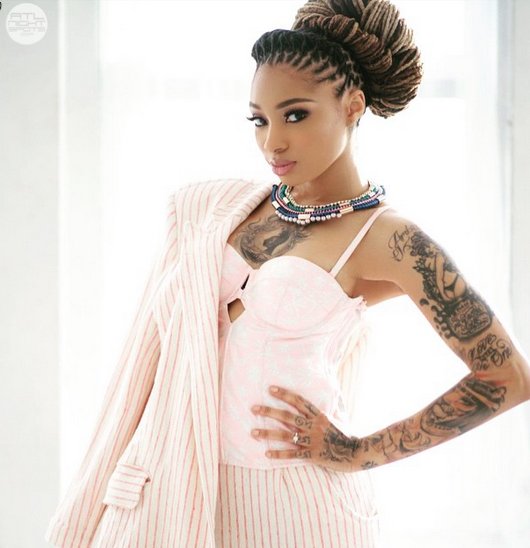

“It is up to every artist to push themselves to be seen as a serious and contending artist and entrepreneur. In 2005, her white tattoo artist at the time said he would refuse to mentor a black woman and the discriminatory confession made Brown eager to prove her skills in a white, male-dominated industry. Brown works at Washington D.C.’s Pinz-N-Needlez Tattoo, one of the rare black-owned and operated shops in the country. That fight becomes even more complex at the intersection of race and gender, as in the cases of Lattimore and Imani K Brown (INKPLAY), a tattoo artist and illustrator. “The challenges black people face in this business is not unlike the problems we face in the world period, largely involving constant fights for respect and equality across the board.” “The film is about introducing everyone to a culture that is understudied and underexposed,” said Jenkins. scratchers-untrained individuals providing cheap but often dangerous tattoo services. The film delves into the history of black tattoo culture, addresses the obstacles faced by those seeking opportunities in the field, and looks at the artistic practice of legitimate tattoo artists vs. It is this lack of exposure surrounding the story of blacks in the world of tattoos that inspired filmmaker, Artemus Jenkins to collaborate with black tattoo artist, Miya Bailey on the documentary, Color Outside the Lines. And not one of the subjects interviewed for this article could identify a professional organization that focused on artists of color. TrueArtists, which calls itself “the largest association of certified tattoo artists in the world,” does not track ethnicity on its applications.

In fact, the statistics are near impossible to find on exactly how many black artists exist in this industry.

Smith) and rappers (The Game) to pop stars (Rihanna)-there are few documented licensed black artists. Despite the cultural popularity of tattoos in the African-American community-from athletes (J.R. Stories like Dutchess’ are cited as one of the main reasons there exists underrepresentation of people of color within the tattoo and body art industry. “It wasn’t until college that I found something I really love.” “Where I am from they took all the art programs out of public schools so I had no access to knowing I was talented in that area,” she said. The North Carolina native finds that a lack of access to arts education in communities of color leads many to potentially miss their own calling. Unforeseen by her, the class would inspire her to leave behind an opportunity working in marketing at an architecture firm to enter the world of needles and ink. The star of VH1’s hit reality series, “Black Ink Crew,” thought she would get an “easy A” in college by registering for a drawing class. It took Dutchess Lattimore nearly twenty years before discovering that she possessed the skills to become a tattoo artist.


 0 kommentar(er)
0 kommentar(er)
